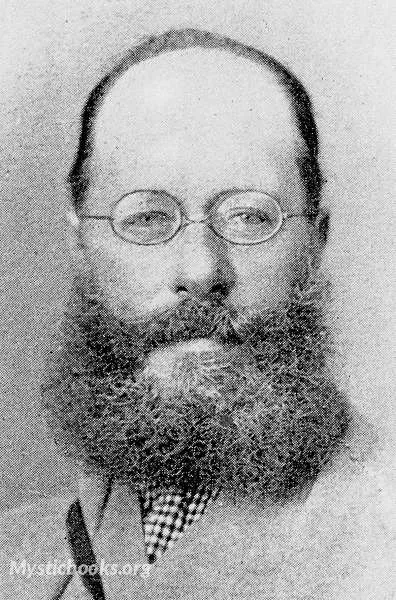
Timeline
Title
Country/Nationality
Edward Lear
Edward Lear was an English artist, illustrator, musician, author and poet, now known mostly for his literary nonsense in poetry and prose and especially his limericks, a form he popularised. His principal areas of work as an artist were threefold: as a draughtsman employed to make illustrations of birds and animals; making coloured drawings during his journeys, which he reworked later, sometimes as plates for his travel books; and as a (minor) illustrator of Alfred, Lord Tennyson's poems. As an author, he is known principally for his popular nonsense collections of poems, songs, short stories, botanical drawings, recipes and alphabets. He also composed and published twelve musical settings of Tennyson's poetry.
Edward Lear, English landscape painter who is more widely known as the writer of an original kind of nonsense verse and as the popularizer of the limerick. His true genius is apparent in his nonsense poems, which portray a world of fantastic creatures in nonsense words, often suggesting a deep underlying sense of melancholy. Their quality is matched, especially in the limericks, by that of his engaging pen-and-ink drawings.
The youngest of 21 children, Lear was brought up by his eldest sister, Ann, and from age 15 earned his living by drawing. He subsequently worked for the British Museum, made drawings of birds for the ornithologist John Gould, and, during 1832–37, made illustrations of the earl of Derby’s private menagerie at Knowsley, Lancashire. Lear had a natural affinity for children, and it was for the earl’s grandchildren that he produced A Book of Nonsense (1846, enlarged 1861). In 1835 he decided to become a landscape painter.
Lear suffered all his life from epilepsy and melancholia. After 1837 he lived mainly abroad. Though naturally timid, he was a constant and intrepid traveler, exploring Italy, Greece, Albania, Palestine, Syria, Egypt, and, later, India and Ceylon [now Sri Lanka]. An indefatigable worker, he produced innumerable pen and watercolour sketches of great topographical accuracy. He worked these up into the carefully finished watercolours and large oil paintings that were his financial mainstay. During his nomadic life he lived, among other places, at Rome, Corfu, and, finally, with his celebrated cat, Foss, at San Remo.
Lear published three volumes of bird and animal drawings, seven illustrated travel books (notably Journals of a Landscape Painter in Albania, &c., 1851), and four books of nonsense—A Book of Nonsense mentioned earlier, Nonsense Songs, Stories, Botany, and Alphabets (1871), More Nonsense, Pictures, Rhymes, Botany, etc. (1872), and Laughable Lyrics (1877). A posthumous collection, Queery Leary Nonsense (1911), was edited by Constance Braham Strachey.
Books by Edward Lear
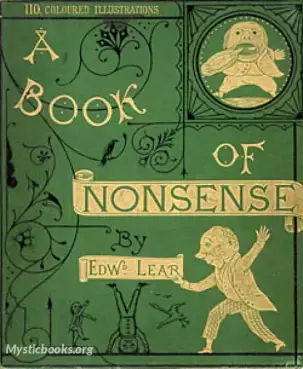
A Book of Nonsense
In 1846 Lear published A Book of Nonsense, a volume of limericks that went through three editions and helped popularize the form. This book contains 112 of these funny, imaginative verses that have been well loved by many generations of children (and...
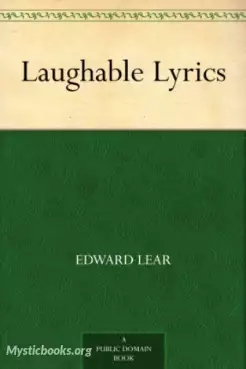
Laughable Lyrics
Hilarious, fantastic poems that I enjoyed reading to my two sons when they were little. Now I'd like to read them for anyone's children to enjoy listening to.
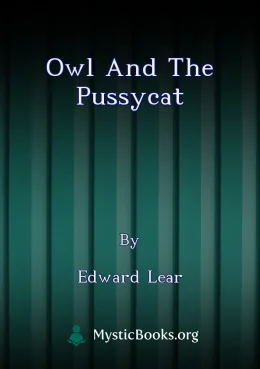
Owl and the Pussycat
LibriVox's weekly poetry project for the week of January 22, 2006: The Owl and the Pussycat is a famous nonsense poem by Edward Lear, first published in 1871. Its most notable feature is the introduction of the runcible spoon. (Summary from wikipedi...
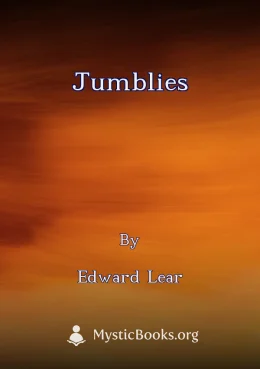
Jumblies
The Jumblies is a classic nonsense poem by Edward Lear, known for its whimsical and nonsensical story. The poem follows a group of peculiar creatures, the Jumblies, who decide to embark on a journey across the sea in search of a land they've only hea...
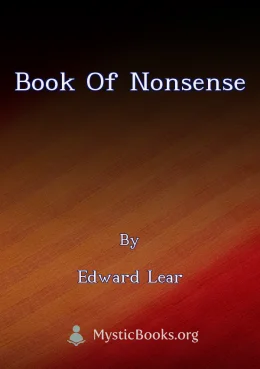
Book of Nonsense
The Book of Nonsense is a collection of limericks by Edward Lear, known for their whimsical and nonsensical nature. Lear's verses are full of absurd situations, outlandish characters, and playful language. The book is filled with illustrations that e...
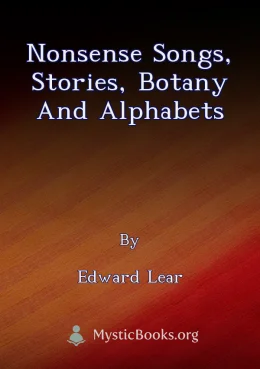
Nonsense Songs, Stories, Botany and Alphabets
Edward Lear's 'Nonsense Songs, Stories, Botany and Alphabets' is a collection of his playful and nonsensical creations. Filled with whimsical poems, humorous songs, and imaginative stories, the book showcases Lear's talent for creating absurd and del...
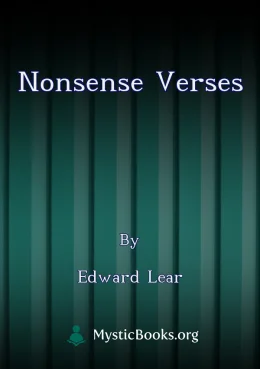
Nonsense Verses
Edward Lear's Nonsense Verses is a delightful collection of some of the author's most beloved nonsense poems and stories. In this volume, readers will find such favorites as "The Jumblies," "The Owl and the Pussycat," and "The Dong with the Luminous...